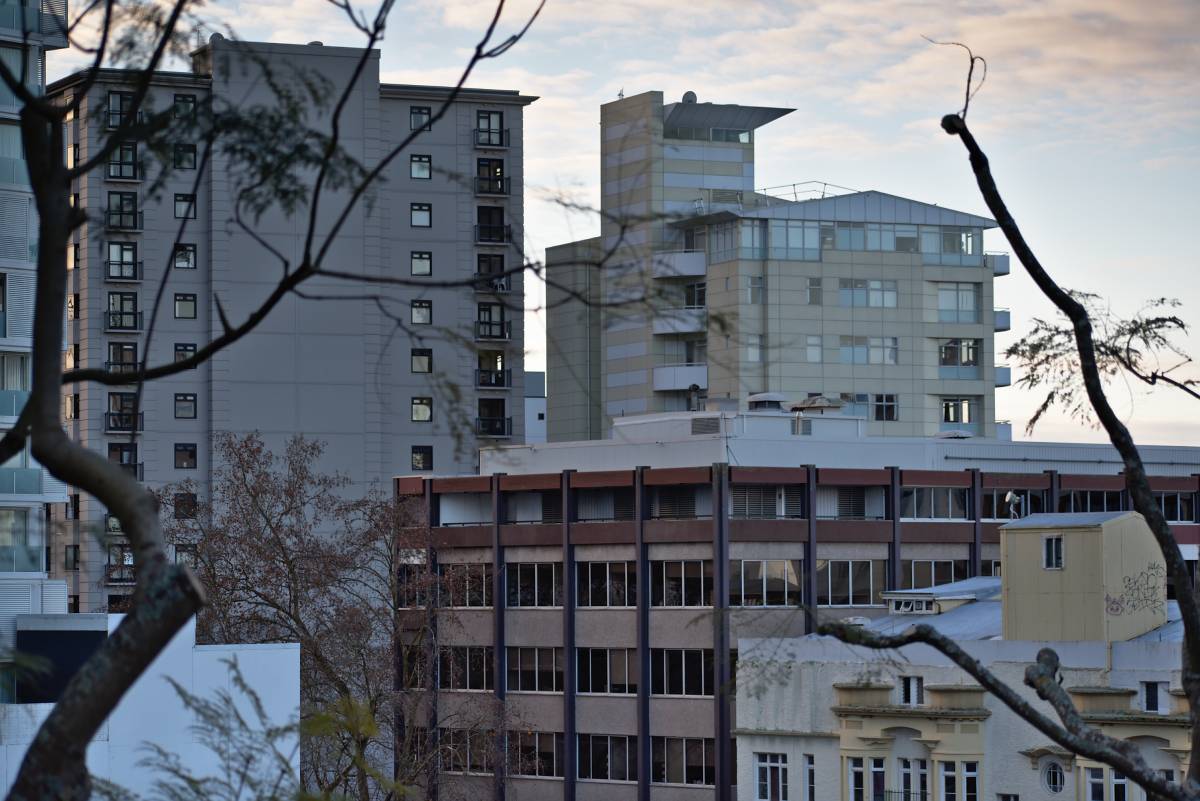Australian Property Market Update May 2023
A year of RBA rate rises has failed to stop Australia’s resilient property market from stabilising and beginning to grow again in the first quarter of 2023.
At a national level, the property market has had four straight months of price growth, according to PropTrack data figures. Other data providers such as Corelogic and SQM Research have also reported consecutive months of growth, driven largely by a supply shortage of properties for sale.
Listings are well down across the country compared to previous years, while an influx of migrants to Australia and a chronic shortage of new construction has added to the upwards price pressure.
The PropTrack figures showed national prices rose by 0.14% in April, bringing the total increase for this year to 0.75%.
It’s no ‘boom-like’ growth, but it’s a pretty big change after prices fell around the country last year and were tipped by economists to continue falling this year.
Let’s not forget, different towns, cities, regions and states often have different property market conditions. Indeed, home values in combined regional areas have been flat this year, while the market recovery has been led by capital cities, which have seen values increase 0.93%.
So let’s go around the grounds for an update.
NSW
Metro
Sydney’s housing market has long been the driving force behind the national averages. It’s rare that the nation has value growth without a fair bit of the heavy lifting coming from NSW.
During April, Sydney’s prices rose 0.4%, the second largest increase of all the capital cities, behind Adelaide.
But, despite leading the housing recovery this year with 1.69% growth, it’s worth noting Sydney’s home values are still 5.62% lower than their peak in February 2022.
Regions
Regional areas have not been as convincing as Sydney, with PropTrack figures revealing New England, Far West and Orana, Riverina, Central West, and the Hunter Valley were the only five regions to record positive year-on-year growth.
Unlike the city, regional areas aren’t experiencing an influx of overseas migrants and students to put the same pressure on values.
There is also somewhat of a ‘comedown’ from the Covid tree and seachange trend, as more people are forced back to the office and therefore moving back closer to the city.
QLD
Metro
Brisbane home prices are only 2.88% lower than their April 2022 peak, and 0.14% of growth in April 2023 brought the total to 0.62% in the black this year.
The Qld capital looks likely to recover from its correction this year and build further growth for the rest of the decade as it undertakes plenty of growth-boosting infrastructure work ahead of hosting the olympics in 2032.
Regions
Queensland’s regional areas have been among Australia’s best performing year on year. The best of these were the Darling Downs, Wide Bay, and Cairns regions. An honourable mention goes to Ipswich as the only metro area that is up on this time last year.
WA
Metro
Perth is one of two capitals to have positive growth over the past 12 months, with values rising by 3.11% since the RBA began hiking rates. That makes it the second best performer after Adelaide.
Regions
WA Outback South and WA Wheatbelt were the two strongest regions for year on year growth, while the state’s regional areas averaged close to 10% growth for houses and units for the year.
SA
Metro
Adelaide led the way for capital city growth in April with a 0.41% rise. Adelaide escaped the corrections felt by other capitals once interest rates began to rise last year and its values are up 5.23% year on year.
Regions
South Australia has the top four regions for year on year growth in Australia.
The Outback and Barossa – Yorke – Mid North are all up by more than 11%, while South Australia – South East is just below 10% increase year-on-year.
The South, West and Central and Hills regions all have positive monthly and yearly price growth.
VIC
Metro
Melbourne was the outlier for capitals in April, recording a 0.11% fall, despite having two months of growth prior. Though, the April fall was for houses only, while units increased by 0.36%. Melbourne’s home prices are still down 5.94% on their peak in March 2022.
Regions
Shepparton (3.49%) and the North West region (1.46%) are the two regions in the state where prices are up year on year.



